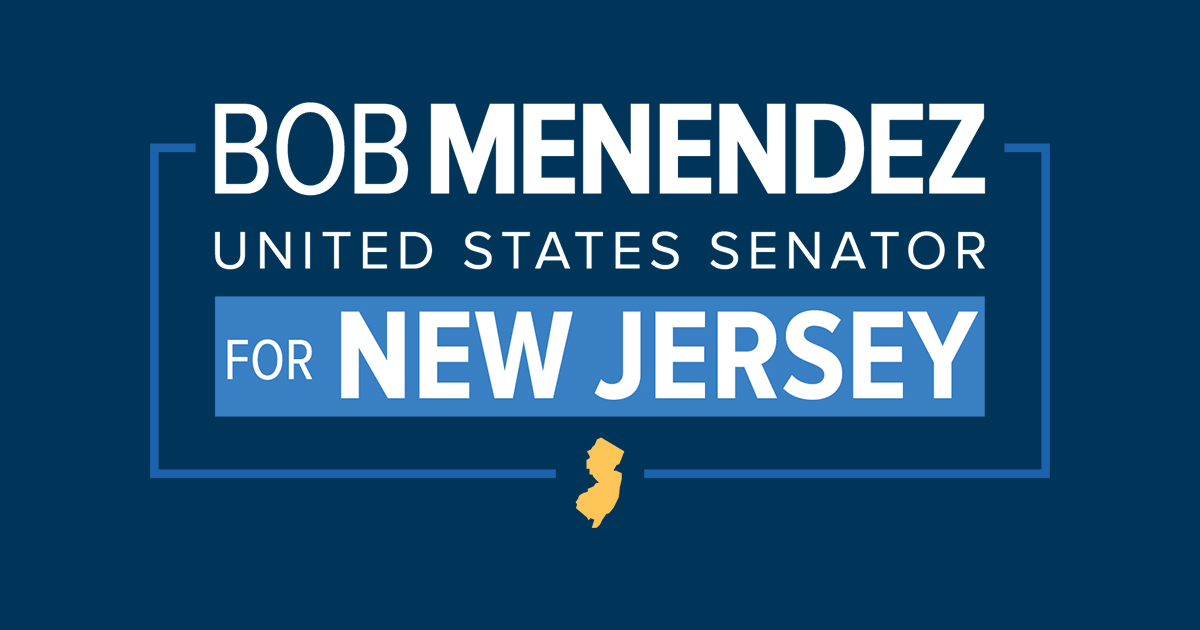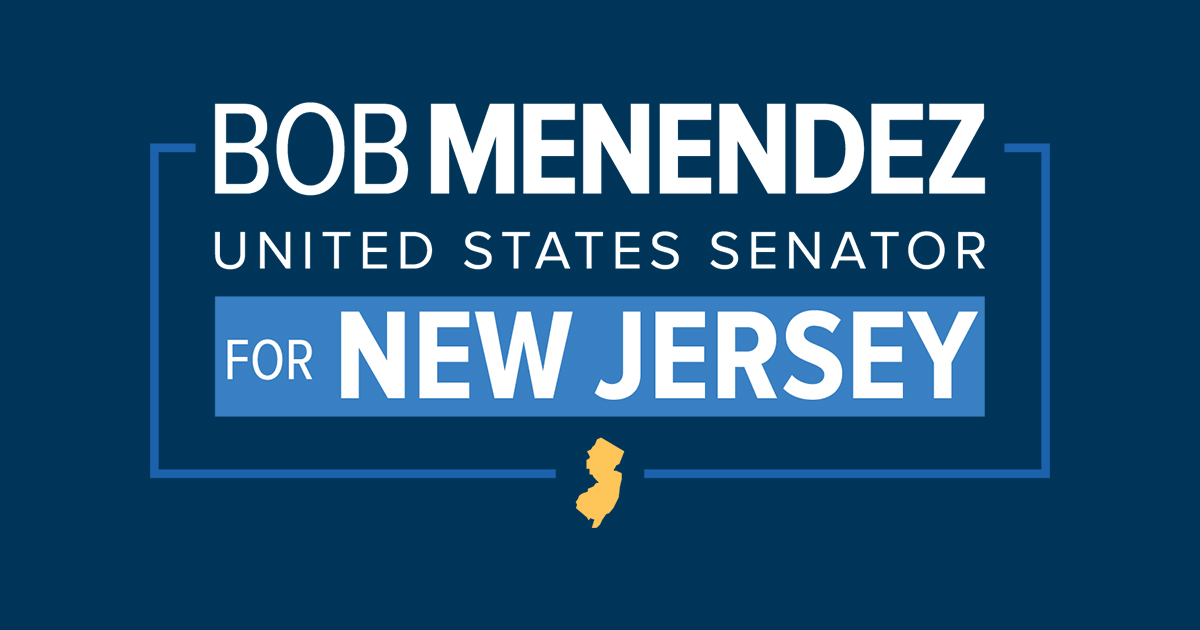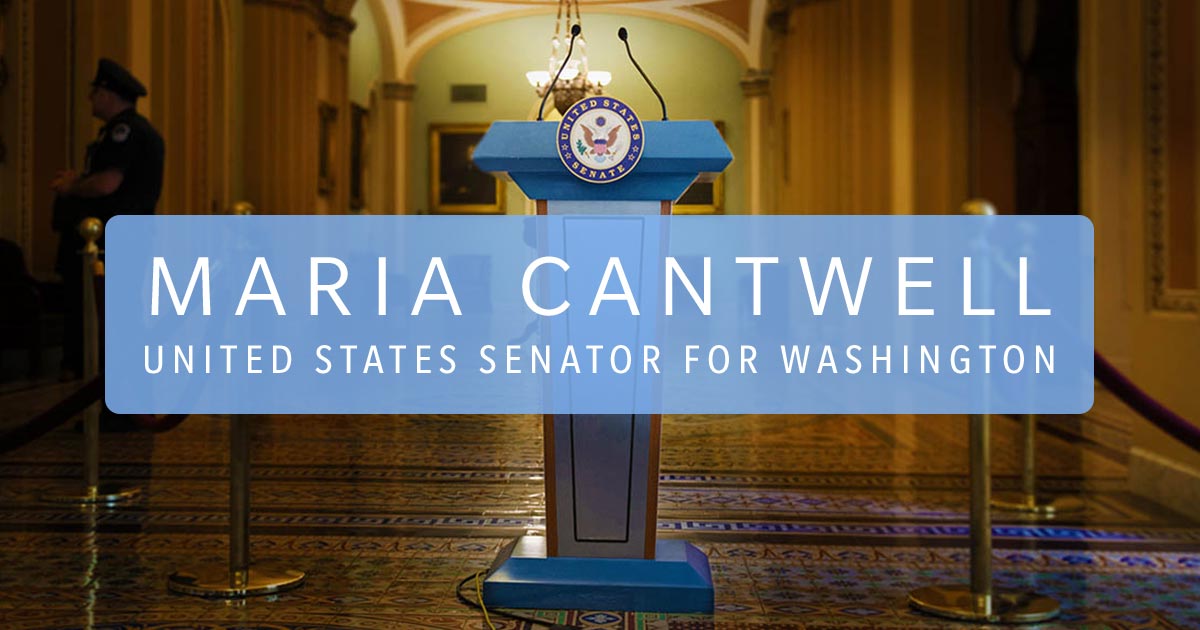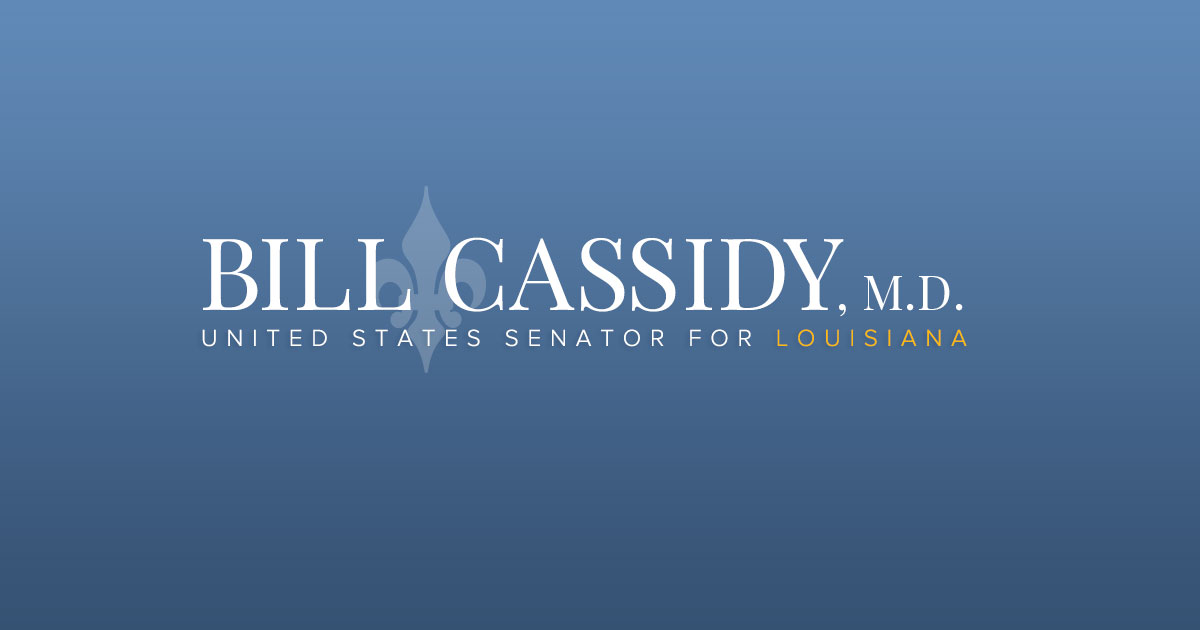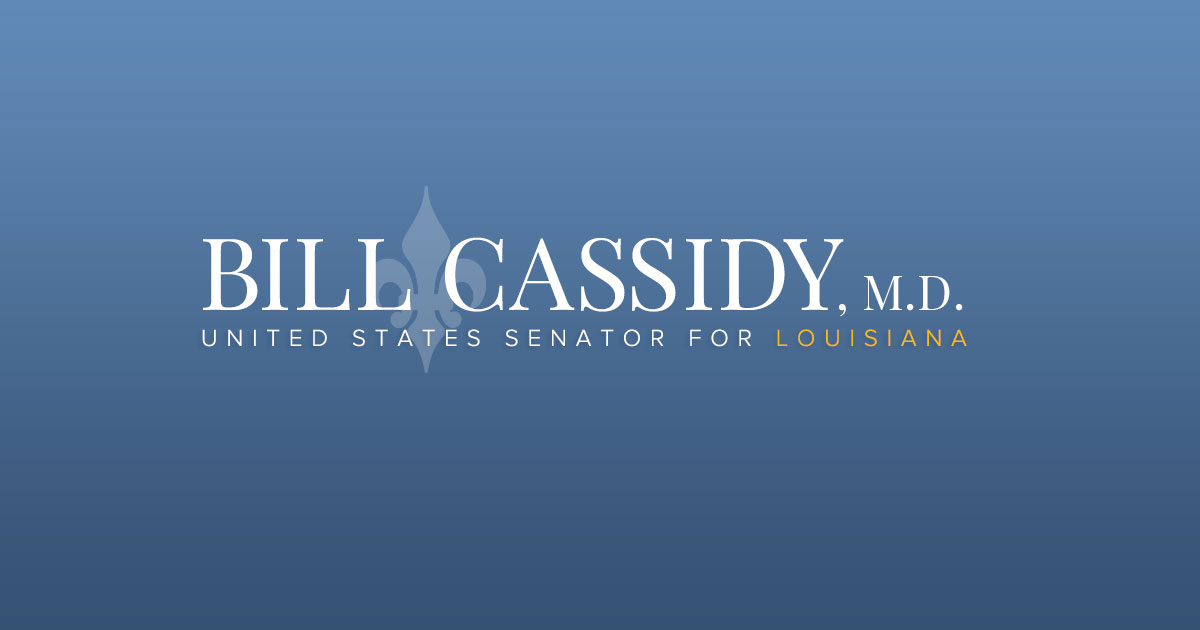Source: United States Senator for New Jersey Bob Menendez
WASHINGTON, D.C. – U.S. Senators Bob Menendez (D-N.J.), Ted Cruz (R-Texas), and Ed Markey (D-Mass.) today led a bipartisan effort urging the Federal Emergency Management Agency (FEMA) to work with other federal agencies, automakers, broadcasters, and public safety officials to address interference and engineering issues that are leading some automakers to eliminate AM radio from new vehicles, and electric vehicles (EVs) in particular, and to encourage the continued availability of AM radio in new vehicles.
“During disasters, extreme weather events, and emergencies, AM radio has proven itself to be a crucial source of news and information for affected communities. While mobile phones are ubiquitous and many Americans receive emergency alerts via Wireless Emergency Alerts, disaster events often knock out electricity and fixed and mobile broadband networks,” wrote the senators to FEMA Administrator Criswell and other federal agency officials. “In contrast, the propagation characteristics of AM broadcast signals are particularly well-suited for broadcasting critical information over long distances, allowing people with AM radios to continue to receive critical, and possibly life-saving, information.”
According to Nielsen, radio continues to play a vital role in our society. For example, 47 million people in the U.S. listen to AM radio every week. In times of emergency, such as natural disasters and extreme weather events, Americans turn to trusted, reliable, and local sources—such as AM radio—for news and information.
“The resiliency and range of AM broadcast signals have long-made it a reliable platform for local communities, rural areas, and non-English broadcasters, and a dependable tool for public safety officials to communicate life-saving messages during emergency events,” wrote the senators. “This is why FEMA’s National Public Warning System relies primarily on AM broadcasters to deliver alerts and emergency transmissions, and why the agency has invested a great deal of resources to ensure AM broadcast stations can withstand extreme weather events and remain operational during blackouts. Recently, seven bipartisan former FEMA Administrators wrote to Secretary of Transportation Pete Buttigieg warning that removing the capability to receive AM broadcast signals from automobiles would harm the efficacy of the NPWS and could undermine public safety.”
The senators highlighted how interference issues between EVs and AM signals are resolvable. However, several automakers are no longer offering AM radio as a standard feature in EVs, and some are phasing it out of new vehicles entirely.
“This is occurring as the Biden Administration has set a goal for EVs to comprise half of all new vehicles sold in the U.S. by 2030, and the Environmental Protection Agency has proposed regulations that could result in EVs making up 67 percent of new light-duty vehicle sales by 2032,” added the senators. “These targets should not conflict with ensuring that drivers and passengers continue to have access to potentially life-saving information during power outages and internet blackouts.”
“We urge you to collaborate with government stakeholders at the Federal Communication Commission; the Department of Transportation; the National Oceanic and Atmospheric Administration; and state, local, and Tribal governments that rely on AM radio for emergency alerts, as well as automakers, broadcasters, and first responders and public safety officials to ensure that the NPWS continues to be resilient, reliable, and accessible in all automobiles during emergencies,” concluded the senators.
Last month, Sen. Menendez joined Sen. Markey and several other colleagues in introducing the AM for Every Vehicle Act. This bipartisan and bicameral legislation that would direct federal regulators, including the Secretary of Transportation, to issue a rule requiring automobiles manufactured or imported into the country to include devices, installed as standard equipment, that can receive signals and play content transmitted by AM broadcast stations.
Joining Sens. Menendez, Cruz, and Markey in signing the letter are Sens. Roger Wicker (R-Miss.), Sherrod Brown (D-Ohio), J.D. Vance (R-Ohio), Kevin Cramer (R-N.D.), Shelley Moore Capito (R-W.V.), Roger Marshall (R-Kan.), Ben Ray Luján (D-N.M), Amy Klobuchar (D-Minn.), and Richard Blumenthal (D-Conn.).
Find a copy of the letter HERE and below.
Dear Administrator Criswell,
We write to you with concerns regarding the availability of AM radio in new vehicles, and the impact that this lack of access could have on public safety and the Emergency Alert System (EAS). An increasing number of vehicles are being manufactured without the ability to receive AM broadcast signals.1 Without access to AM broadcast signals, drivers and passengers may be unable to receive crucial emergency broadcasts or alerts through the EAS. We urge the Federal Emergency Management Agency (FEMA) to work closely with other federal agencies, automakers, broadcasters, and public safety officials to address interference and engineering issues that are leading some automakers to eliminate the availability of AM radio in electric vehicles (EVs), and encourage the continued availability of AM radio in new vehicles. We also request you to provide an update regarding your ongoing and planned efforts to address this issue to promote public safety and safeguard the National Public Warning System (NPWS).
Americans have access to a diverse range of sources for news, information, and entertainment. However, Nielsen reports that radio continues to play a vital role in our society.2 For example, 47 million people in the U.S. listen to AM radio every week.3 In times of emergency, such as natural disasters and extreme weather events, Americans turn to trusted, reliable, and local sources—such as AM radio—for news and information.
For example, when Hurricane Maria devastated Puerto Rico in 2017, AM broadcasters continued to provide storm coverage and news reports even after the storm knocked out power, mobile phone, and internet service to much of the island. Similarly, AM broadcasters played a key role keeping the public informed in 2017 when Hurricane Harvey inundated Houston, Texas and surrounding areas with record rainfall, leading to severe flooding. The Columbia Journalism Review explained:
One lesson from the 2017 hurricane season, the most expensive in history, was to show the valuable role AM radio plays as a nexus for coordinated news reporting during a disaster event. WKJB wasn’t the only station to continue broadcasting through Hurricane Maria. In San Juan, WKAQ-AM stayed on the air, pausing momentarily when the wind ripped away part of the roof. And on the US mainland, AM radio stations provided real-time news coverage of the hurricanes that struck Texas, in August 2017, and Florida, in September.4
During disasters, extreme weather events, and emergencies, AM radio has proven itself to be a crucial source of news and information for affected communities. While mobile phones are ubiquitous and many Americans receive emergency alerts via Wireless Emergency Alerts, disaster events often knock out electricity and fixed and mobile broadband networks. In contrast, the propagation characteristics of AM broadcast signals are particularly well-suited for broadcasting critical information over long distances, allowing people with AM radios to continue to receive critical, and possibly life-saving, information.
The resiliency and range of AM broadcast signals have long-made it a reliable platform for local communities, rural areas, and non-English broadcasters, and a dependable tool for public safety officials to communicate life-saving messages during emergency events. This is why FEMA’s National Public Warning System relies primarily on AM broadcasters to deliver alerts and emergency transmissions, and why the agency has invested a great deal of resources to ensure AM broadcast stations can withstand extreme weather events and remain operational during blackouts.5 Recently, seven bipartisan former FEMA Administrators wrote to Secretary of Transportation Pete Buttigieg warning that removing the capability to receive AM broadcast signals from automobiles would harm the efficacy of the NPWS and could undermine public safety.6
The public safety benefits of AM broadcasts are clear. Additionally, interference issues between EVs and AM signals are resolvable.7 However, several automakers are no longer offering AM radio as a standard feature in EVs, and some are phasing it out of new vehicles entirely.8 This is occurring as the Biden Administration has set a goal for EVs to comprise half of all new vehicles sold in the U.S. by 20309, and the Environmental Protection Agency has proposed regulations that could result in EVs making up 67 percent of new light-duty vehicle sales by 2032.10 These targets should not conflict with ensuring that drivers and passengers continue to have access to potentially life-saving information during power outages and internet blackouts.
We urge you to collaborate with government stakeholders at the Federal Communication Commission; the Department of Transportation; the National Oceanic and Atmospheric Administration; and state, local, and Tribal governments that rely on AM radio for emergency alerts, as well as automakers, broadcasters, and first responders and public safety officials to ensure that the NPWS continues to be resilient, reliable, and accessible in all automobiles during emergencies. We therefore request that you provide us with an update by June 30, 2023 regarding any ongoing and planned collaboration with federal agencies and other stakeholders on efforts to address any engineering issues to ensure that new vehicles can receive AM broadcast signals, and to promote public safety and safeguard the NPWS.
Sincerely,
cc: The Honorable Jessica Rosenworcel, Chair, Federal Communications Commission;
The Honorable Pete Buttigieg, Secretary, United States Department of Transportation;
The Honorable Richard W. Spinrad, Ph.D., Under Secretary of Commerce for Oceans and Atmosphere and Administrator, National Oceanic and Atmospheric Administration
###
